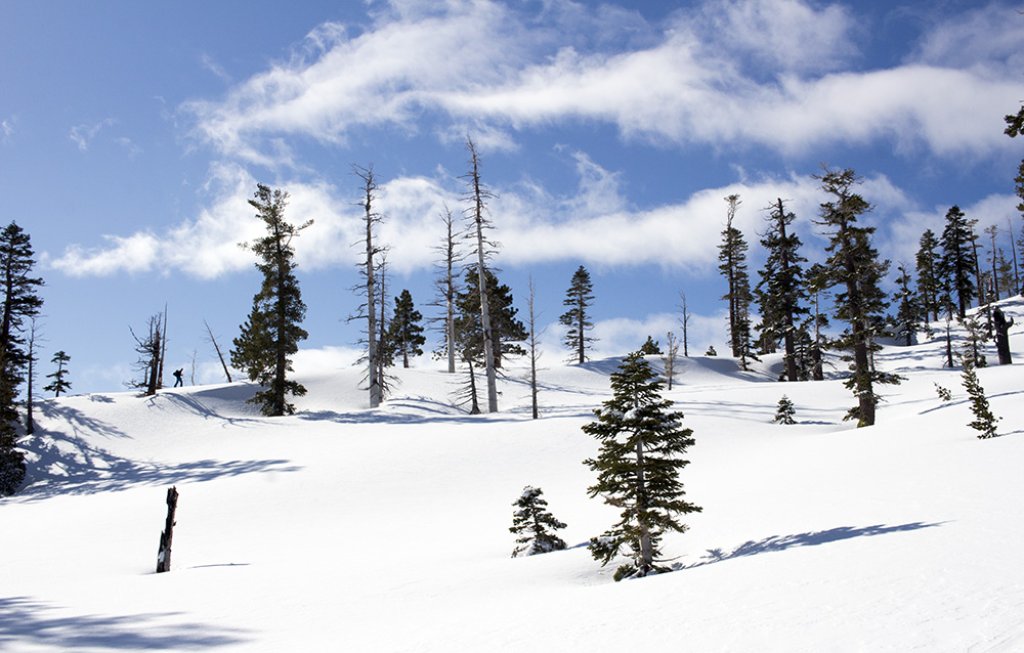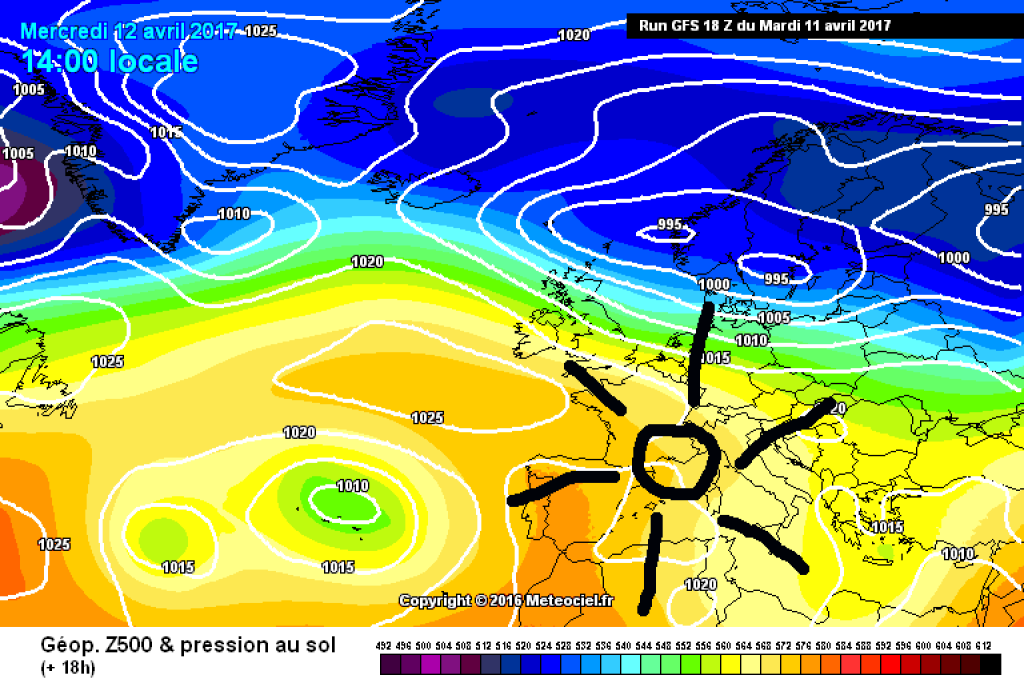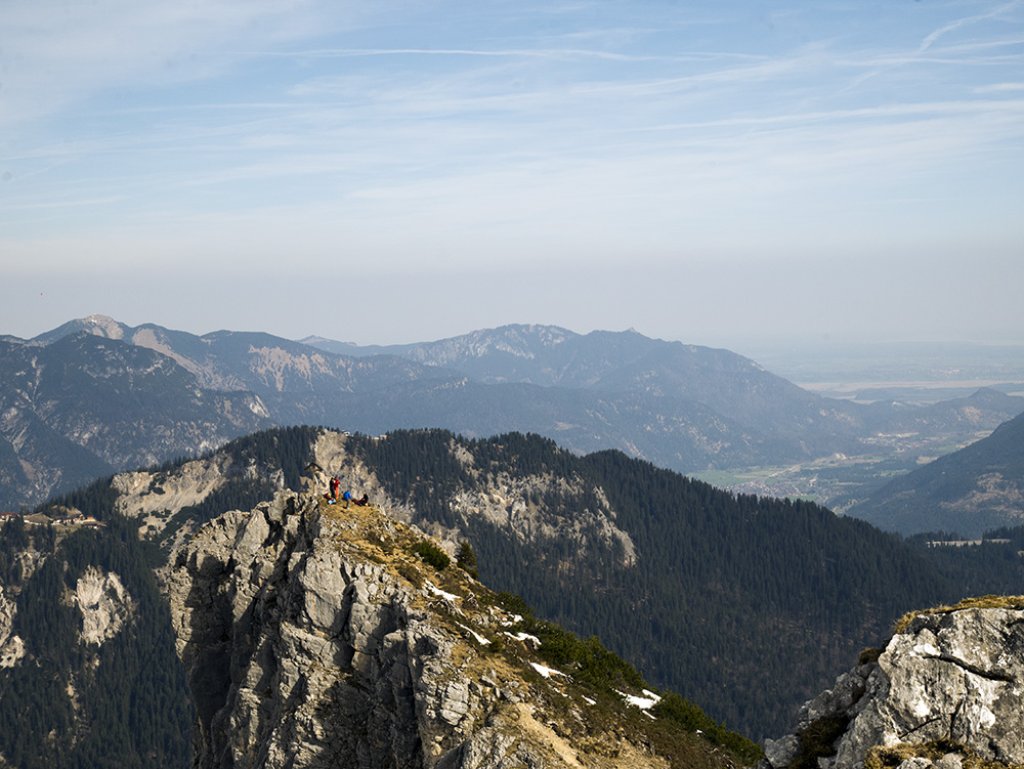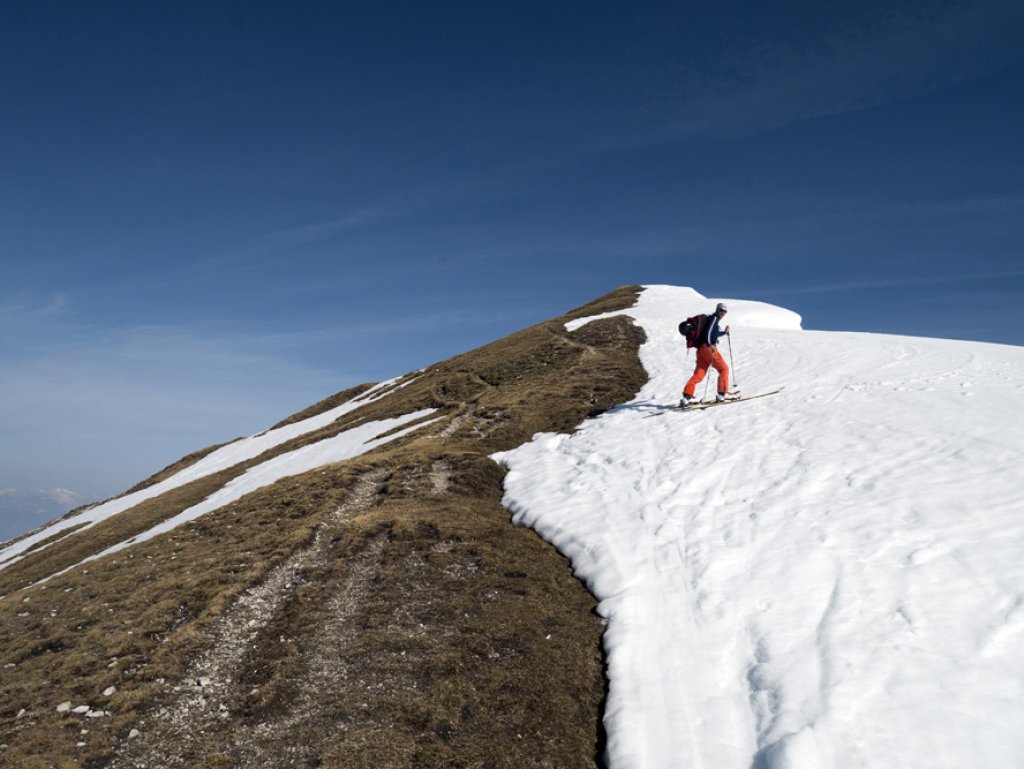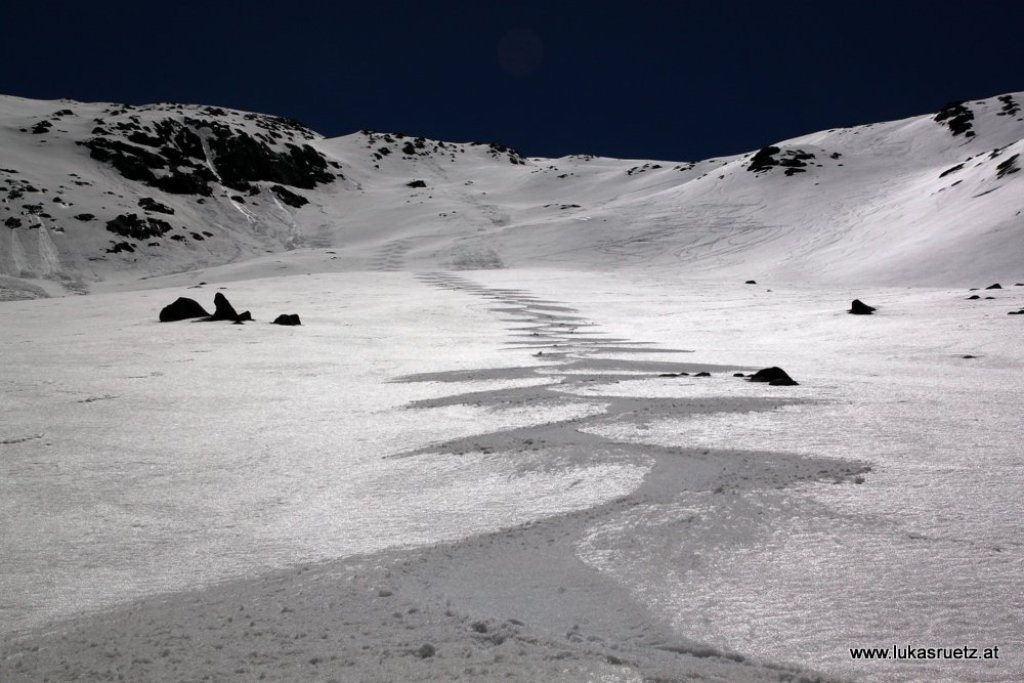Outlook
Between yesterday's and tomorrow's disturbance, intermediate highs will dominate today, Wednesday. The sunshine will hardly be clouded over the entire Alpine region, with only a few high clouds to be expected in the east. Tomorrow (Thursday), a cold front from the northwest will reach the northern eastern Alps, bringing denser clouds and widespread showers. The weather will remain more favorable in the south, but the tendency for showers will increase here as well. Friday will be clearer everywhere, but still with the potential for the odd shower in variable cloudiness. From today's perspective, Easter weekend looks rather cloudy, wet and relatively cool. This trend is likely to continue into next week.
April does what it wants
Or rather: April does what large-scale, radiation-related temperature differences want. In spring, the sun gains strength as its position increases and warms the land and water masses of the mid and high latitudes, which have cooled over the winter. However, land and water do not warm up at the same rate. Water has a high specific heat capacity and therefore needs more energy to warm up as much as sand, for example. The specific heat capacity of water is 4,128 joules per kilogram and Kelvin, which means it takes 4,128 joules to heat one kilogram of water by one degree. That is about five times as much as you would need for sand. So when the spring sun shines on the oceans and continents, the latter warm up quite quickly, while the former lag behind.
Typical large-scale weather patterns for April weather as you might imagine are "Trough Central Europe" and "cyclonic northerly situation" - both weather situations in which polar air masses reach Central Europe via the Arctic Ocean, as is the case with the northwesterly situation forecast for the weekend.
